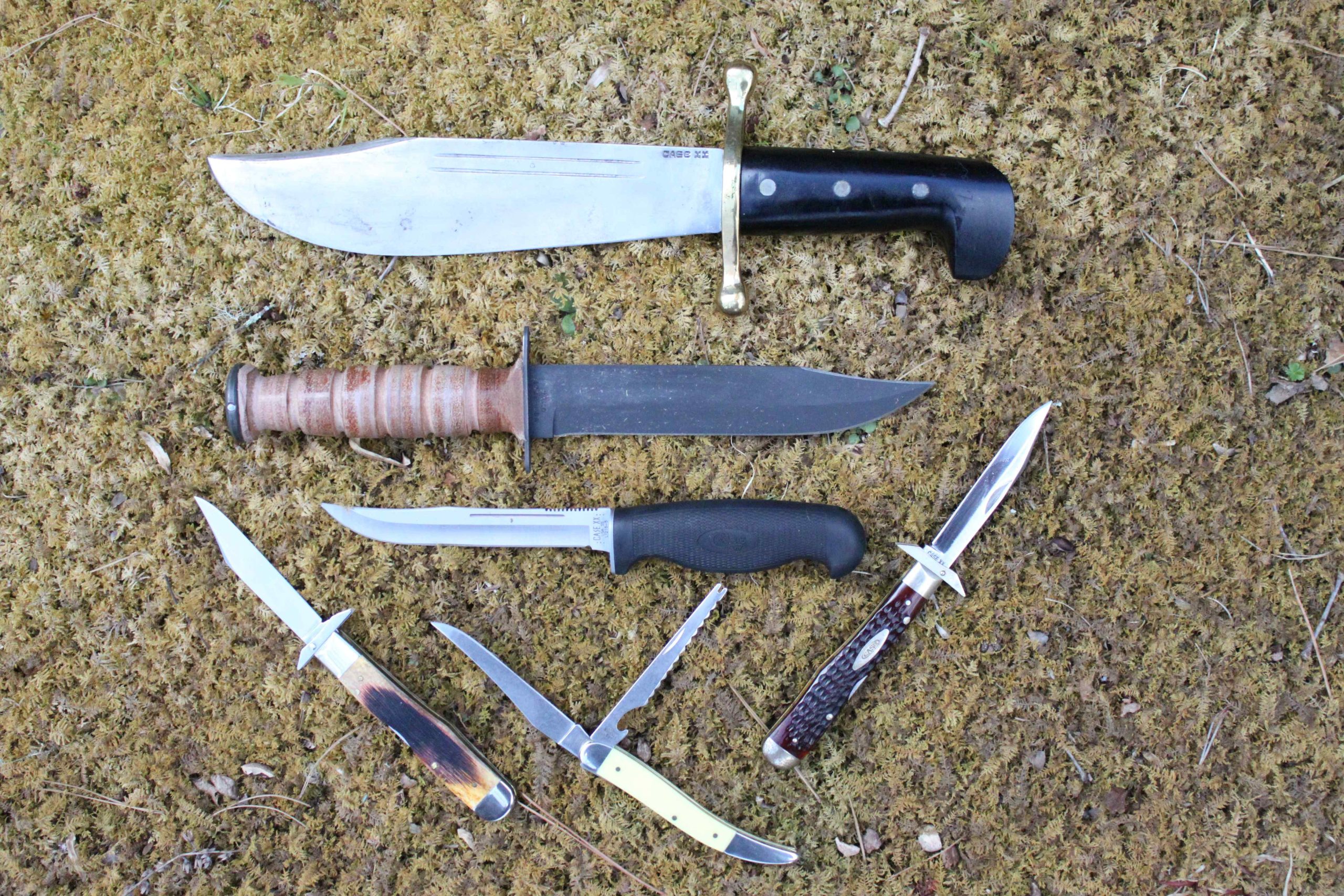
By Jim Dickson | Contributing Writer
The Case company dates back to 1889 and today is perhaps the fastest growing American knife company.
Part of that appeal is the rise of Case knife collecting, an outgrowth of the customer appreciation of Case quality through the years. The Case Knife Collectors Club boasts 18,000 members and there are many more Case Knife collectors who are not members. Case has made a tremendous number of different pocketknives over the years and these readily lend themselves to knife collecting as even a large pocketknife collection takes up very little space.
This collecting goes back quite a ways. I remember when Case discontinued stag handle material somewhere around 1970. Custom knifemaker Blackie Collins promptly set out on the back roads hitting up every remote country store for all their old stock of Case pocketknives with this handle material. To say that he made a big profit would be an understatement.
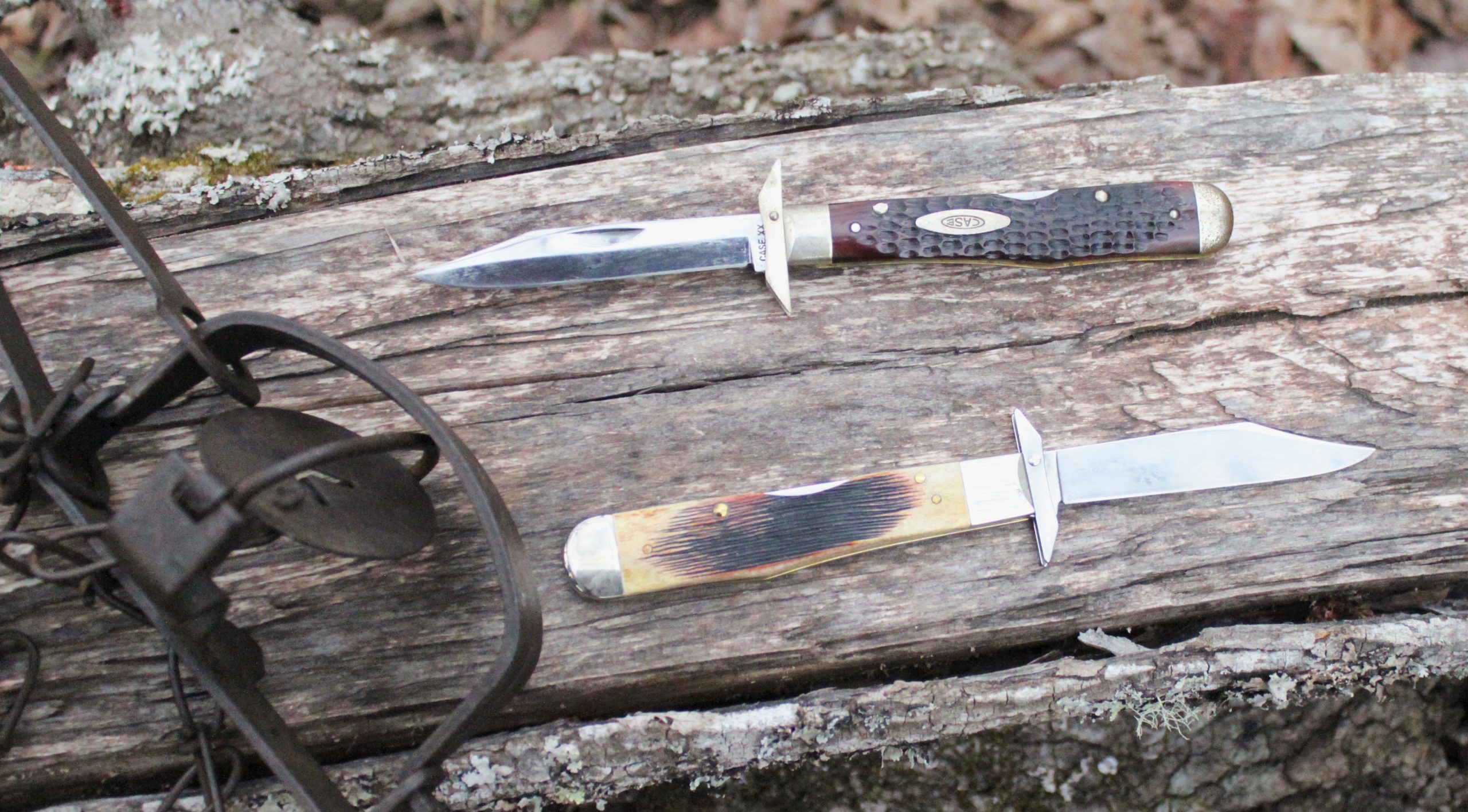
Case Knives would never have had this collector appeal without the quality and performance in the field to back up their reputation. Case has always been the favorite brand of enough knife users to warrant attention. This, coupled with the enormous variation of different knives that they have made over the years resulted in a perfect combination to appeal to collectors.
We begin this with the two greatest knives Case ever made, the Case 9 ½-inch Bowie and the Case swing guard lockblade. Sadly, both of these greats are not in the current production line but hopefully that may change.
Since Case is best known for their pocketknives we will start with the swing guard lockblade. AKA the Case Cheetah. Originally made with a strong 3 ½-inch long, .115 inch thick, ½-inch wide blade that was flat for the first quarter-inch and convex beveled for the last quarter-inch this was the best trapper’s folding knife for fine cuts on the pelts ever made. The handle was 4 3/8 inches long and it locked into your hand for finely controlled precise cutting like no other folding knife ever made. The folding swing guard kept wet fingers, numb with the cold, safely away from the blade. The last thing you need is an injury when you are deep in the wilderness. A bit large for pocket carry it proved its worth in the wild over and over again. Later versions were not quite as good for they increased the width to 5/8-inch and used a standard pocketknife bevel that started at the spine of the blade which was now reduced in thickness to .100 inches. This proved somewhat inferior on the traplines to the stouter originals.
The greatest fixed blade knife that Case ever made was the Case 9 ½-inch blade Bowie knife.
This came about in WWII when the Military needed the Collins Bowie/machete in greater numbers than the Collins company could supply resulting in Collins licensing other companies to also make them. Case and Western knife companies both made their versions with slightly different handle variations from the original. The Case version was one of the best handle shapes ever put on a knife.
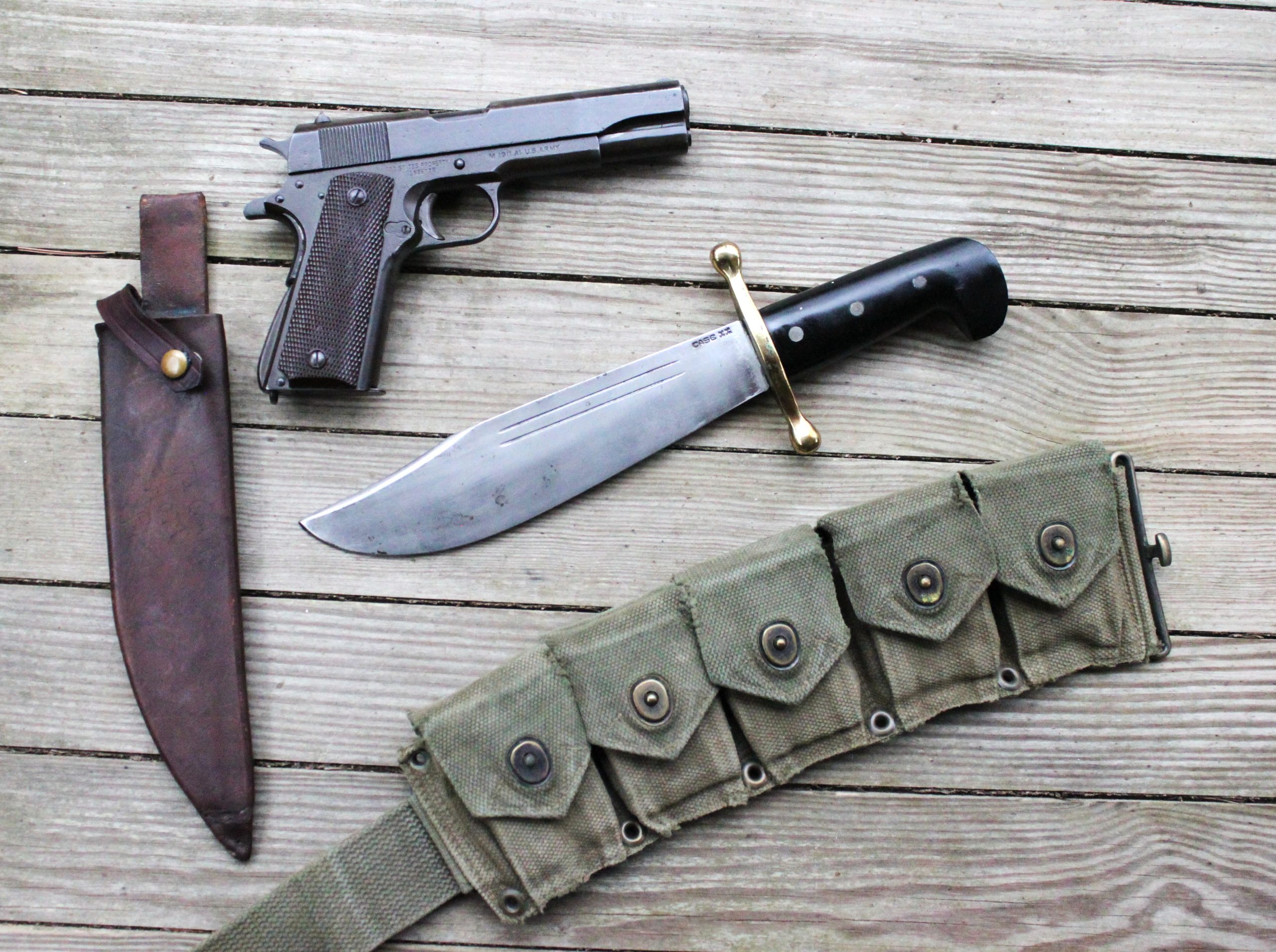
While the Collins knives was issued to some of the luckier front line troops, the Case and Western versions were all put in flier’s survival kits. After the war both companies continued to offer them commercially. After all, this was not only a great all-purpose knife it was the best big game skinning and butchering knife ever made. Light weight for its size and just the right shape for the work. I think Western may have sold more of their version with Case sales being hurt by the rinky-dink etching on the blade of Davy Crockett holding one that fairly screamed “Tenderfoot dude” and made many men embarrassed to own one. They also added a cheesy clamp on brass parry strip that caught on whatever you were cutting and held water and blood for rust to start. Real brass parry strips from the early days of the Bowie knife were always brazed on and their function was to act as a cushion to the back of the blade when you used the back of the knife to knock your opponent’s blade aside in a knife fight. These misguided marketing ploys drove customers to Western Knife company’s version which also was made in stainless steel in later years.
At this time the Case Bowie is not in production. It is to be hoped that they will bring back the plain WWII version for this is a great backwoodsman’s working knife. The knife shown is a WWII vintage one with the false edge sharpened by a user.
Today the best sheath knife offered by case is their USMC Knife. This is a duplicate of the prototype Case submitted to the U.S. Military in early WWII. It differs from the standard MK 2 in that it has a 6 ½-inch blade instead of a 7-inch blade. Made of 1095 tool steel with .95% carbon just like the originals it is a powerful yet lightweight all-purpose knife that can stand up to the rigors of heavy duty use. The military went for the same knife with a half inch longer blade and those knives proved the design from then on. They were designed to be the most knife for the least weight possible as the government had plenty of other things for the soldier to carry.
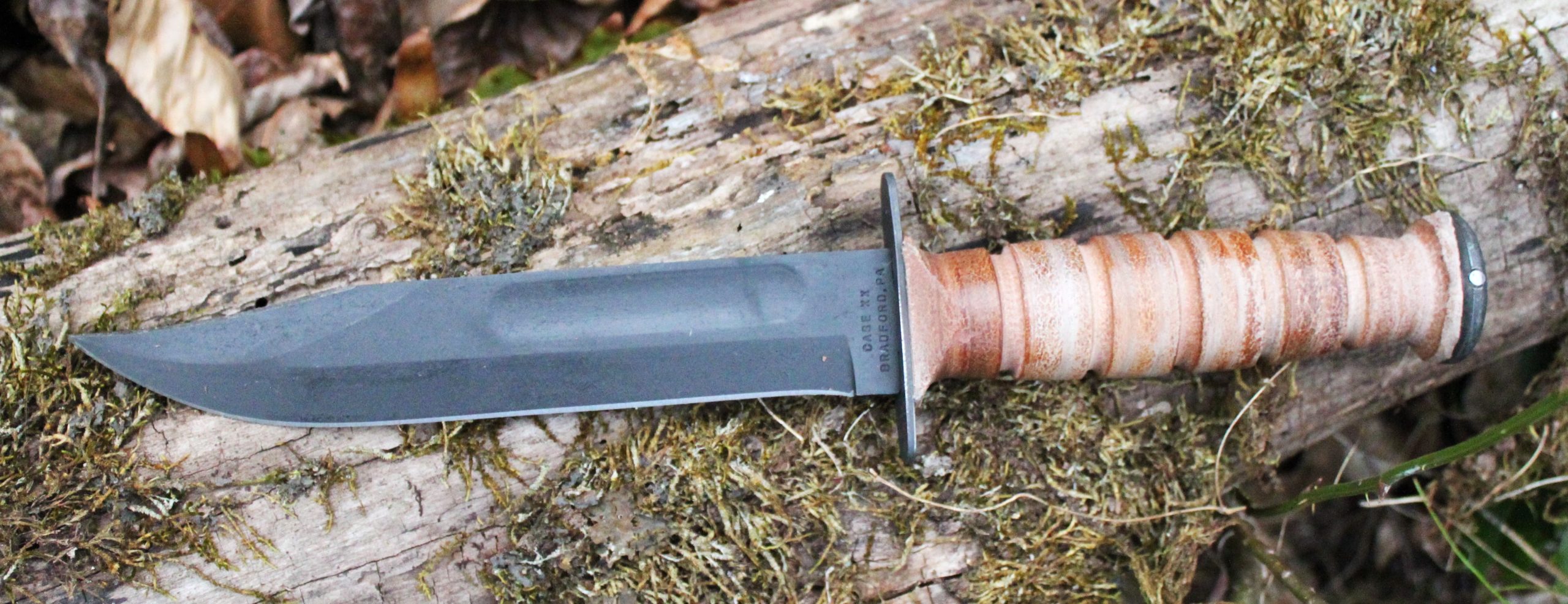
As a result the Case prototype weighed in at a mere 10.7 ounces and the standard MK2 weighed 11.2 ounces thanks to its half-inch longer blade. The failure of the previously issued 5 inch blade knife to meet all the servicemen’s needs set the new minimum length at 7 inches and that was that. The Armed Forces had found out that they needed the extra length to do all the tasks the troops had for their knives. That’s worth remembering today. When you are deep in the woods that is no time to find out that your knife won’t cut the mustard.
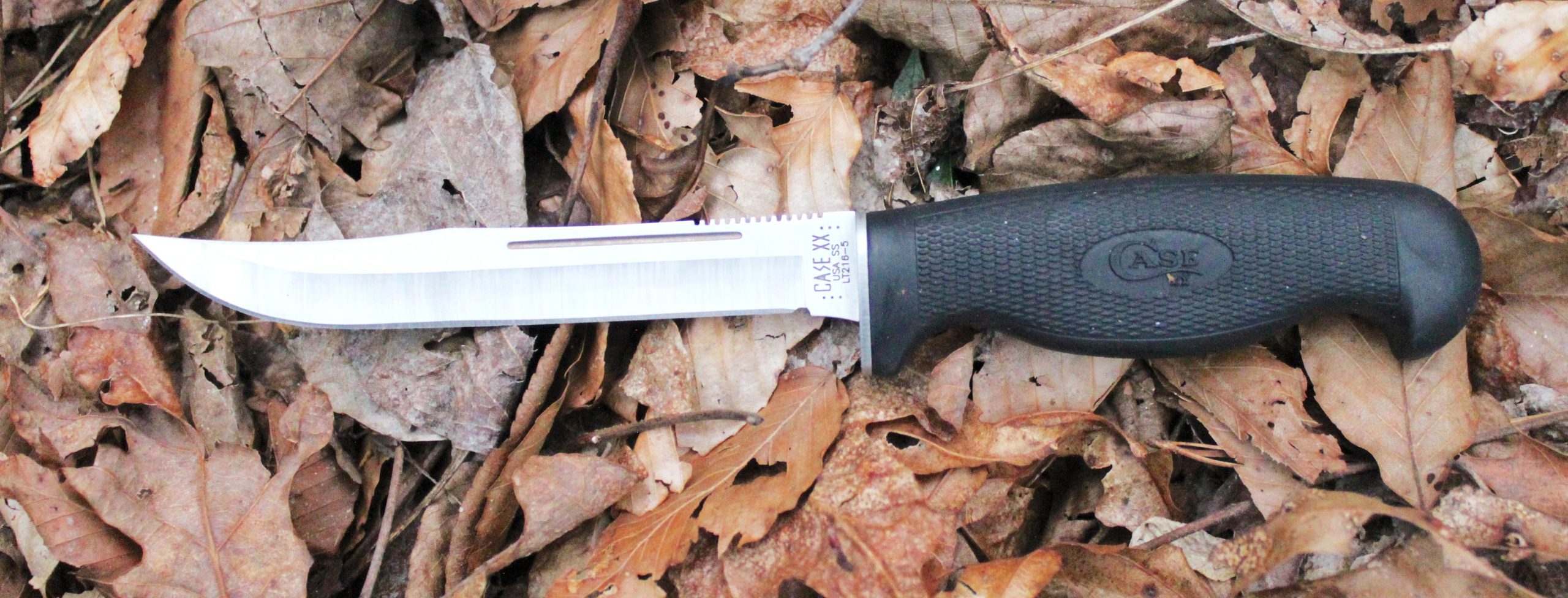
The Case Lightweight Hunter lives up to its name as it weighs just 3 ounces and the ballistic nylon sheath adds another 2 ounces. In Scotland, narrow bladed knives like this are preferred for making the fine cuts and turns when field dressing a deer. In England they call this a gralloching knife but in Scotland it is greallach in Gaelic. Whatever it’s called, a narrow blade deftly makes the cuts and turns and enables closer cutting than a wide blade. Designed to cut like a straight razor it depends on sharpness instead of weight for cutting.
The 5-inch blade is hollow ground from 420 HC stainless steel, which is the same .45% carbon steel used in Buck knives, and it has a large, comfortable molded black synthetic handle. This is much easier to use for long periods than a smaller diameter handle proportioned to the blade size is. It also makes an excellent trout fisherman’s knife, and weighs far less than a large lock blade folding knife and is a whole lot safer to use as it can’t close on your fingers. The hand fitting molded handle is so much more comfortable than the grip of a folding knife that there is simply no comparison. This is one knife that you won’t know is on your belt until you reach for it.
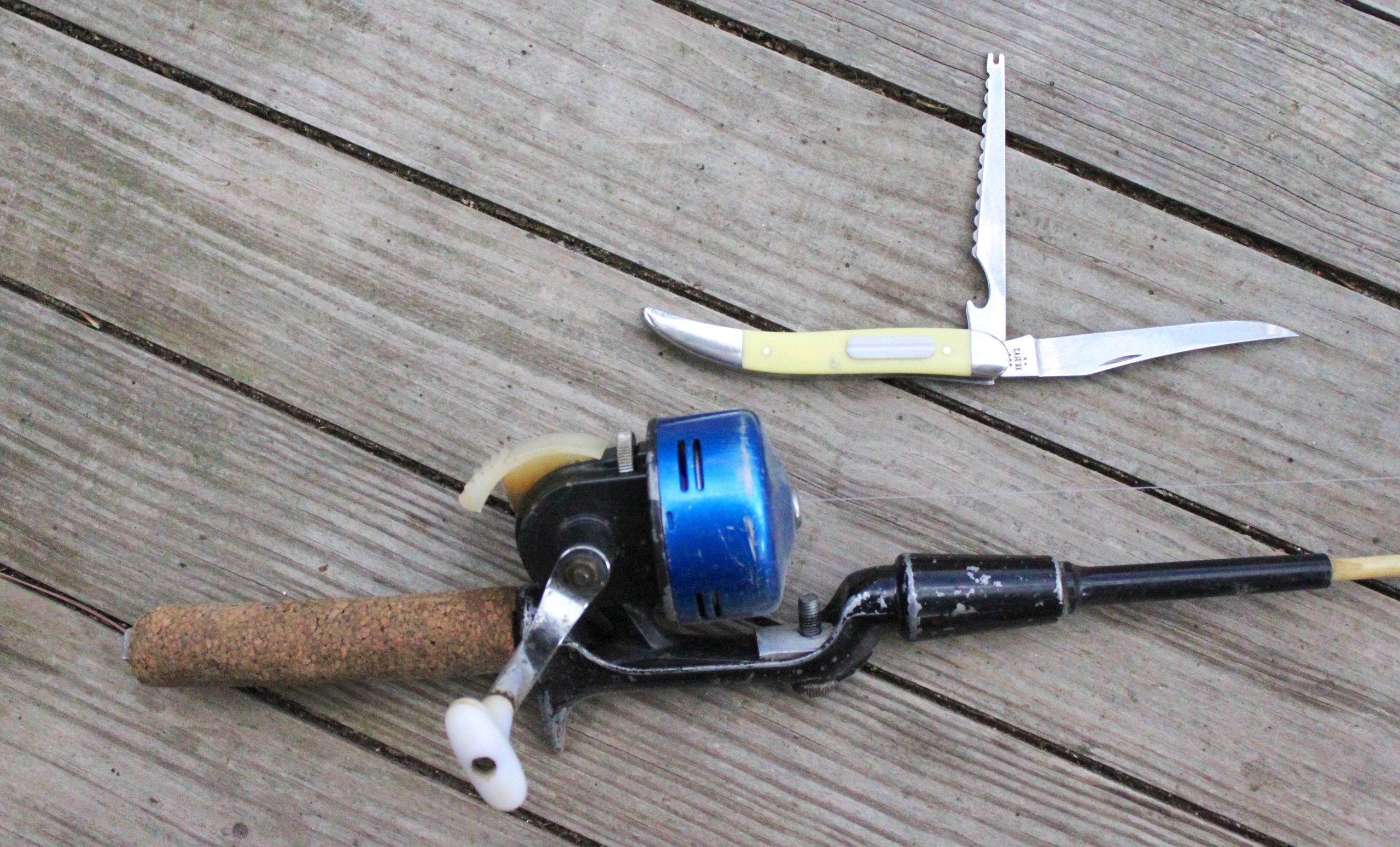
Case also makes the classic folding fisherman’s knife with one 3 3/8-inch long pocketknife blade and beside it a fish scaler with a hook disgorger in the end. There is a small coarse grit grooved whetstone in the side to sharpen hooks with. I have used this form of fisherman’s knife since the 1950’s and constantly used all of these features when fishing. This style is the only folding knife ever made for the fisherman’s special needs and I would not like to have to go fishing without one. I just wish that someone would make the two blades as lock blades with either liner locks or back spring locks. Why this type of knife is not sold at every bait and tackle shop is beyond me as it is such a basic item of fishing equipment. Among this type of knives the Case is unique having a very thin and relatively narrow blade obviously meant for filleting trout and other like sized fish. At 4 inches overall length it is also a bit smaller than some.
Case makes a huge variety of knives and I have only covered the ones that I have tested here. They strive to have something for everyone in the pocketknife field. Today they are one of the biggest names in American pocketknives for good reason and the company just keeps growing.



